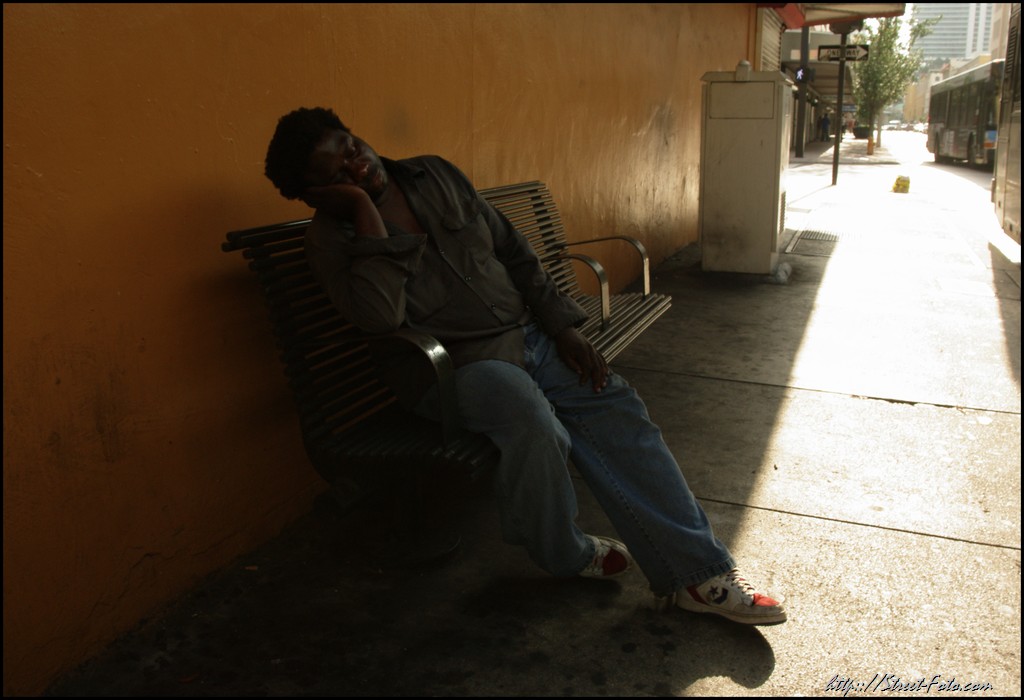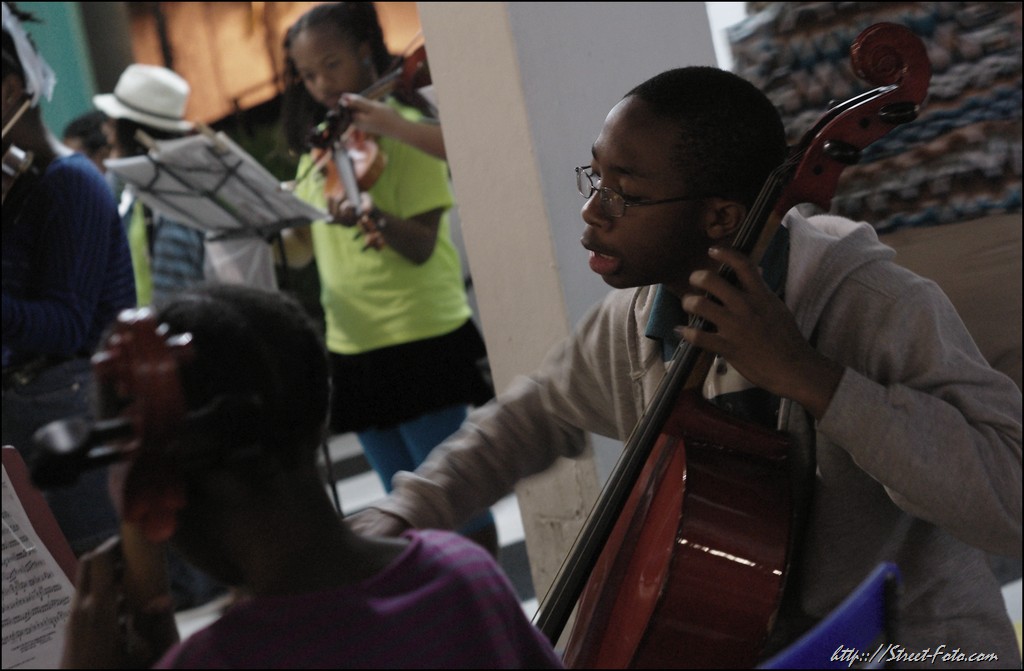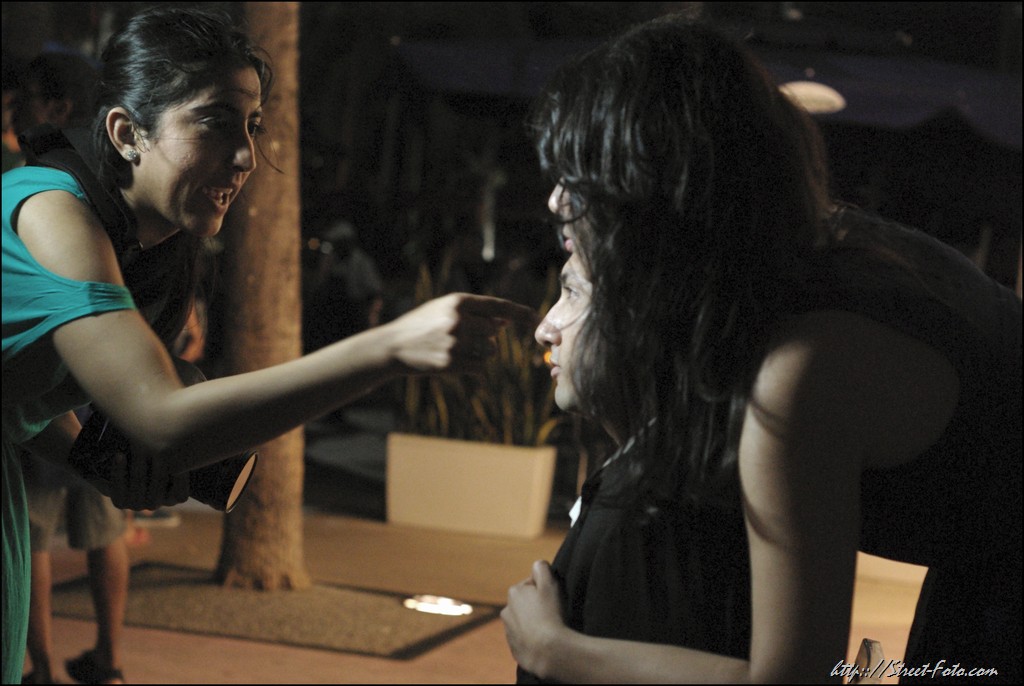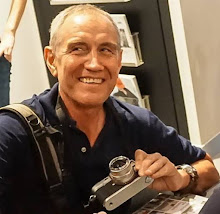I recalled it years after, when I started shooting in the streets, but never actually believed it is doable. Even when TVs and video cameras became tiny things I still rendered it too expensive and unrealistic...until few weeks ago, when I won two ridiculously low priced *bay auctions for Zigview viewfinders.
Zigview is a family of digital viewfinders made by Korean manufacturer Secu-Line. There are few models, I have older Zigview R and newer Zigview S2 (the latest one is S3). Any Zigview is (surprise!) a small video camera (to connect to DSLR's viewfinder using supplied adapter), plus an LCD screen module.
Here is my Zigview R:

R is older model, it is nice little gadget, but the quality of the video is not great. There is also fair amount of motion blur when you walk with the camera...may be I'll try using it as an external look-down-in-the-dark type viewfinder for my rangefinders in the future. It also can be used in the studio (but I do no studio work). So let's move to the newer S2:

The good new is -- the image quality, while substantially inferior to many DSLR LCDs, much better than the the R's. Plus, there is no motion blur. In the box you find everything you need to connect to you camera -- given it is relatively modern Canon/Nikon/Samsung/Pentax/Sony/Minolta:

Good! I have Minolta and Pentax and decided to test it with my Pentax K200D.
Zigvew S2 (and this is the second of the good news) is also more advanced then the R in one important respect. It can be used just like Zigview R, as one-piece camera/screen module, but, Zigview S2 video camera and screen can by separated and connected by a cable to make a remote screen. And, this screen will have a shutter release button! The standard cable is 4 ft long and you can buy a much longer cable as an accessory. Ok, let's put it on:

The cable on the left is a shutter release cable; it is connected to the K200D's remote shutter release port (visible on the far left). The lower cable is to connect to the display module:

The bigger silver button in the foreground is (ta-TAM!) the shutter release button. Now, if we switch on the camera and Zigview it will be an image on the little screen. You'll see what you usually see when you look into the DSLR's viewfinder...well, sort of. The image is usually too small and not covering the full field of view, but it can be adjusted, there is a special function for this. Also, if the image is not sharp, probably the diopter correction on the DSLR's viewfinder is off and should be fiddled with. At the end, it should look like this:

Hurray! We are going to the streets, camera on the strap at the waist level, left hand on camera pointing it to the subjects, command-display thing with the shutter release in the right hand, index finger on the button. The shutter button is not among the best I have seen, but it is definitely usable: half press it, and the camera will pre-focus (the tiny pentax focus mark will pop up and it will be visible on the display so you know where the focus point is), press it to the end and the camera will snap the frame. Smack-Click! Smack-Click! Smack-Click!




All these were taken as described. At night it is working miracle, the image is bright and easily visible. During the day direct sunlight is making the LCD's image all but disappear. I used this Hoodman's LCD screen loupe to cope with the problem:

The loupe has diopter correction and the image is clearly visible even in the brightest sun:

Of course, with the loupe the whole setup started looking somewhat pro and subjects became much more skeptical about me taking pictures than before:)
From the perspective of street photography, I like very much not the gadget itself, which is somewhat flimsy-ugly-wormy thing, but rather the sense of freedom it gives. I can now compose and take pictures from unusual angles and point of views: from the waist, from the ground level, with the camera looking straight up from down below; I can put camera on the monopod and take it up to the sky -- many possibilities emerge and I want to explore them all. I use to do all of it without help from the viewfinder, composing by a lucky guess, and wasted a lot of film and megabytes, now it can be done the proper way.
Zigview S2 has many functions I do not need. It can trigger shutter by movement in the frame, it can take pictures at pre-configured intervals and so on; see the reference to the instruction manual below.
Using Zigview is somewhat tricky business. One has to spent time to use to it. I am still adjusting to it but generally, with all the drawbacks mentioned above and below, I like it, for the price (remeber, I bought it used for a fraction of a cost of the new thing, well under $100 with the Hoodman's loupe). My problem is that I am not a digital photographer! My media of choice is film. Most of my cameras are rangefinders. S2 has no adapters for my Bessas and Leicas. It is working with the rangefinder's viewfinder ok; I tried pressing it against my Bessa R3M's viewfinder and everything was clearly visible, rangefinder patch included. But I need to create the adapter to test it, so for me it is not a done deal. I am in the middle of the road. But for you it may work.
Few cons I noticed, summarized:
- not so good picture quality (contrast, sharpness, resolution are all mediocre at best);
- both the design and the build quality isn't superb; what we see here is rather niche product created by a small company, but, for the price I paid and while is working I don't care;
- the battery lasts ~2 hours (it is rechargeable, standard, not expensive EN-EL5 and it can be replaced in 10 seconds).
Instruction manual is here.
Manufacturer's Website
Workshop on using S2 in pro photography.
Good Hunting All!




No comments:
Post a Comment